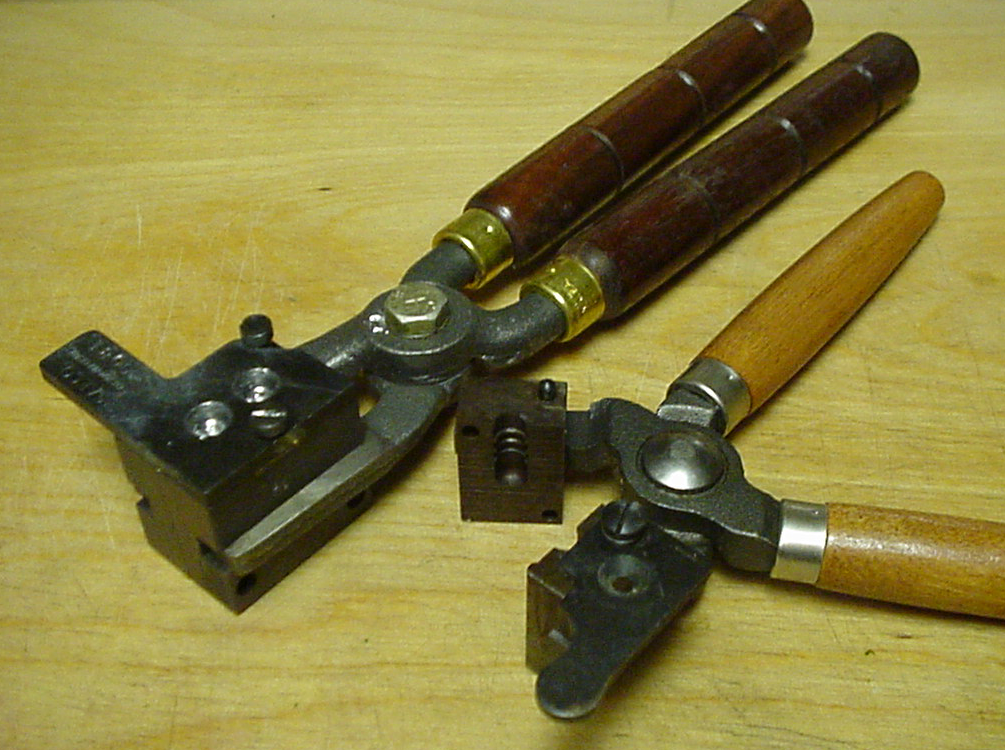Hand mould on:
[Wikipedia]
[Google]
[Amazon]
 A hand mold is a simple
A hand mold is a simple
 A hand mold is a simple
A hand mold is a simple mold
A mold () or mould () is one of the structures certain fungus, fungi can form. The dust-like, colored appearance of molds is due to the formation of Spore#Fungi, spores containing Secondary metabolite#Fungal secondary metabolites, fungal seco ...
used for low quantity work. It is used in the injection molding
Injection moulding (U.S. spelling: injection molding) is a manufacturing process for producing parts by injecting molten material into a mould, or mold. Injection moulding can be performed with a host of materials mainly including metals (for ...
and the printing industry
Printing is a process for mass reproducing text and images using a master form or template. The earliest non-paper products involving printing include cylinder seals and objects such as the Cyrus Cylinder and the Cylinders of Nabonidus. The ea ...
.
It is made by a hand injection molding machine. It is a simple machine which contains a barrel, handle, nozzle, mold and heaters.
Printing
In the printing industry, a hand mold specifically refers to a two-part mold used forcasting
Casting is a manufacturing process in which a liquid material is usually poured into a mold, which contains a hollow cavity of the desired shape, and then allowed to solidify. The solidified part is also known as a ''casting'', which is ejected ...
hand-made type. Inside the mold is a matrix
Matrix most commonly refers to:
* ''The Matrix'' (franchise), an American media franchise
** ''The Matrix'', a 1999 science-fiction action film
** "The Matrix", a fictional setting, a virtual reality environment, within ''The Matrix'' (franchis ...
.
In particular, it refers to a system for casting movable type
Movable type (US English; moveable type in British English) is the system and technology of printing and typography that uses movable components to reproduce the elements of a document (usually individual alphanumeric characters or punctuatio ...
, pioneered by Johannes Gutenberg
Johannes Gensfleisch zur Laden zum Gutenberg (; – 3 February 1468) was a German inventor and Artisan, craftsman who introduced letterpress printing to Europe with his movable type, movable-type printing press. Though not the first of its ki ...
, which was widely used in the early era of printing in Europe (15th-16th century).
In this method, the type was made by punching a letter-shaped cavity in a matrix made of some soft metal (typically copper). Then this matrix would be held in the lower part of the mold, the upper part would close on it, and molten type metal
In printing, type metal refers to the metal alloys used in traditional typefounding and hot metal typesetting. Historically, type metal was an alloy of lead, tin and antimony in different proportions depending on the application, be it individu ...
would be poured into the cavity. Using the hand mold, the printer could quickly make any additional type he might need.Meggs, Philip B. ''A History of Graphic Design.'' John Wiley & Sons, Inc. 1998. (pp 58–69)
Injection molding
In injection molding, hand molds refer to simple molds that have no provision for heat, cooling, or ejection. This means when a hand mold is cycled universal heating plates are required to warm the molds and the molds must be removed after each cycle to remove the moldings. This drastically increases the cycle time, which limits it to short runs, but to offset this is the low cost of the mold. They are usually single cavity molds, but may be multi-cavity if the molding is quite small. They are usually only of a two or three plate design because of the simplicity of the parts. If only a short run is required then the molds may be made fromaluminum
Aluminium (aluminum in American and Canadian English) is a chemical element with the symbol Al and atomic number 13. Aluminium has a density lower than those of other common metals, at approximately one third that of steel. It has ...
or brass
Brass is an alloy of copper (Cu) and zinc (Zn), in proportions which can be varied to achieve different mechanical, electrical, and chemical properties. It is a substitutional alloy: atoms of the two constituents may replace each other with ...
, but if more parts are required then they are made from conventional steel
Steel is an alloy made up of iron with added carbon to improve its strength and fracture resistance compared to other forms of iron. Many other elements may be present or added. Stainless steels that are corrosion- and oxidation-resistant ty ...
s.
Bullet casting
Handcast bullet
A cast bullet is made by allowing molten metal to solidify in a mold. Most cast bullets are made of lead alloyed with tin and antimony; but zinc alloys have been used when lead is scarce, and may be used again in response to concerns about lead tox ...
s remain popular with the handloading, muzzleloading
Muzzleloading is the shooting sport of firing muzzleloading guns. Muzzleloading guns, both antique and reproduction, are used for target shooting, hunting, historical re-enactment and historical research. The sport originated in the United States ...
and small custom ammunition loading communities. In a tradition dating back to the beginning of firearms, molds matched to the bore (and the chamber
Chamber or the chamber may refer to:
In government and organizations
* Chamber of commerce, an organization of business owners to promote commercial interests
*Legislative chamber, in politics
* Debate chamber, the space or room that houses delib ...
for breech loading weapons) are custom made for each weapon. Anywhere from one to six cavities are carved into the molding block, along with appropriate gates and sprues. As the blocks are now usually made out of aluminum, which does not allow lead alloys to stick, only a small amount of parting compound is needed.
References
Casting (manufacturing) Plastics industry Printing terminology Typography {{Metalworking-stub